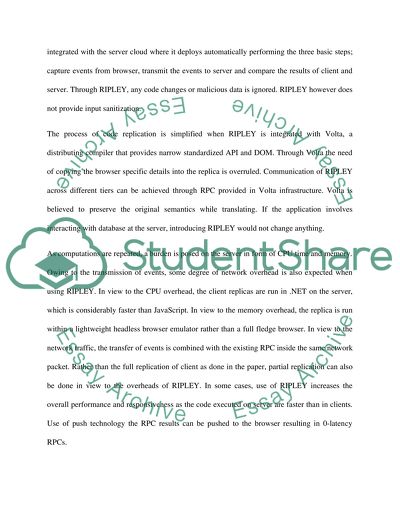Cite this document
(“Ripley: Automatically Securing Web 2.0 Applications Through Replicated Research Paper”, n.d.)
Ripley: Automatically Securing Web 2.0 Applications Through Replicated Research Paper. Retrieved from https://studentshare.org/information-technology/1443648-ripley-automatically-securing-web
Ripley: Automatically Securing Web 2.0 Applications Through Replicated Research Paper. Retrieved from https://studentshare.org/information-technology/1443648-ripley-automatically-securing-web
(Ripley: Automatically Securing Web 2.0 Applications Through Replicated Research Paper)
Ripley: Automatically Securing Web 2.0 Applications Through Replicated Research Paper. https://studentshare.org/information-technology/1443648-ripley-automatically-securing-web.
Ripley: Automatically Securing Web 2.0 Applications Through Replicated Research Paper. https://studentshare.org/information-technology/1443648-ripley-automatically-securing-web.
“Ripley: Automatically Securing Web 2.0 Applications Through Replicated Research Paper”, n.d. https://studentshare.org/information-technology/1443648-ripley-automatically-securing-web.


